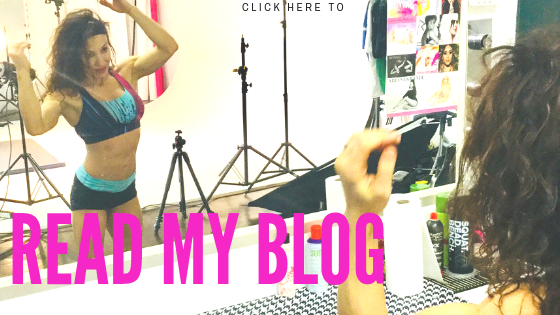
Last week I drank my first full size coffee without any sugar or sweetener. After picking up Marco from the airport in the very early morning following one of his whirlwind business trips, we found ourselves in a coffee shop upon just opening their doors. To fully appreciate this milestone, here’s a bit of background.
I was very much addicted to sweeteners in my past, especially diet pop. I recall making special trips to the grocery store specifically because I was out of pop – what a strong addiction it was! Upon making the decision to enter the world of fitness competitions in 2005, this spurred my desire to eliminate diet pop from my diet. I did it and never went back! Although I was successful in eliminating diet pop from my diet, I still relied on artificial sweenters (Splenda, which I learned was the best of the worst) to sweeten my coffee. I know it wasn’t a healthy option but the thought of using sugar didn’t thrill me and like many, the bitter taste of pure coffee didn’t appeal to me at all.

The buildup and longterm effects of using using sweeteners is far from appealing and fitness and health is a journey of taking steps. I was finally motivated and ready to take the next step. Headaches and memory issues are a negative side effect that can plague those who consume artificial sweeteners.
At the onset of 2015, I decided I was going to commit to a 30 day challenge to break my morning coffee artificial sweeteners habit. My first challenge was to find a source of sweetener that would work for me. After experimenting with coconut sugar, date sugar, and a few others, I finally decided that organic cane sugar was the best choice; it didn’t alter the taste of my coffee and I could be ok with 15 calories per tsp. (I try not to cringe). I started with a tsp. in my mug of coffee but I felt that calorie count just wasn’t sitting totally right with me so I went to 1/2 a tsp. I wasn’t exactly thrilled with the taste but kept the faith and kept professing that I liked unsweetened coffee far more than sweet coffee (according to Romans 4:13).
I must admit there were days I wanted to throw in the towel and I didn’t exactly “like” it, but I stuck with it, none-the-less. Interestingly enough, I made a discovery one day when I ordered a coffee through a drive through and requested milk and a sweetener and I found it horrible tasting! I had finally gotten to the place where my taste buds were rejecting the artificial sweetener – SUCCESS at last! I’m now at slightly less than 1/2 tsp. of organic cane sugar and clearly on my way to making continual progress as evidenced by my first full sized unsweetened coffee!
I want to encourage the many of you who may be in a similar situation and are motivated by health to make a positive change, to stick with it and push through the time of discomfort to get to the other side. It really does start with making the decision and then backing it up with a plan of action. You CAN do it!
P.S. Six months after writing this article, I went from having some sugar in my coffee, to no sugar at all with only a bit of 2% milk! – Small steps lead to success!
















